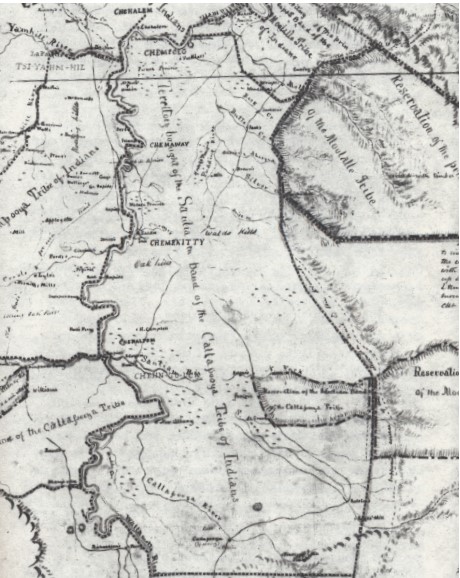Single Publication
We are Protecting Wilderness on the 60th Anniversary of the Wilderness Act 09-04-2024
North Willamette Complex
Publication Type: Announcement - 09/04/2024 - 10:29
A wilderness, in contrast with those areas where man and his own works dominate the landscape, is hereby recognized as an area where the earth and its community of life are untrammeled by man, where man himself is a visitor who does not remain.”
Those words may sound poetic, but in fact, they come from a legal statute. Today is the 60th anniversary of the passage of that law, the Wilderness Act. This law, which enabled the creation of all of the federally designated wildernesses in the United States was not easy to pass. While many Americans in the 1960s were worried about the rapid loss of America’s wildest places, wilderness advocates, business interests, land managers, and lawmakers had wildly varying opinions about how wildernesses should be created, their relative importance, and how they should be managed and created.
Members of congress created 60 different, varying drafts of a Wilderness Act over 8 years of effort before the Wilderness Act was passed. Its passage was a direct result of the tireless advocacy of Idaho Senator Frank Church, who grew up hiking, fishing, and riding horses in Idaho’s wild spaces. Church brought together wilderness proponents and opponents in listening sessions where they got to know each other and their concerns about the act’s policies. Church’s work led these often bitterly opposed groups to see the merits of each other’s arguments, slowly building the consensus that enabled the act to pass. Today, Frank Church has a large wilderness in Idaho named after him. Designated in 1980, the Frank Church – River of No Return Wilderness is over 2 million acres.
Right now, firefighters on the Pyramid Fire are working to protect the Middle Santiam Wilderness Area in the Willamette National Forest from catastrophic wildfire. The wilderness area is closed to public access as they work to protect it. Though its 8,900 acres are smaller than most wilderness areas, it is still a wild and beautiful place. Designated in 1984 to preserve a pristine old growth forest of western red cedars, western hemlocks, and Douglas fir, some of which are 450 years old and over 200 feet tall, it is an excellent place to find solitude. Fishermen and wildlife lovers are attracted to this special place for its abundant fisheries and the chance to see bear and elk. If you are interested in seeing beautiful blue waters surrounded by towering, ancient trees, the Middle Santiam Wilderness is the place for you.
Today, on the anniversary of the Wilderness Act, we wanted to give you a sense of why wilderness matters and why the firefighters on our team are working to protect this special place. While fire management has recognized for several decades the important role of fire in wilderness landscapes, the Middle Santiam Wilderness is a tiny remnant of what we once had in the coastal Northwest. Protecting this landscape not only allows you to see what the Northwest looked like in the past, it gives scientists a chance to study and learn how to regenerate these landscapes and provides refuge for species driven from other areas by deforestation. We hope you will visit it when it is safe to access, but for now, we hope you enjoyed this virtual field trip

 InciWeb
InciWeb
